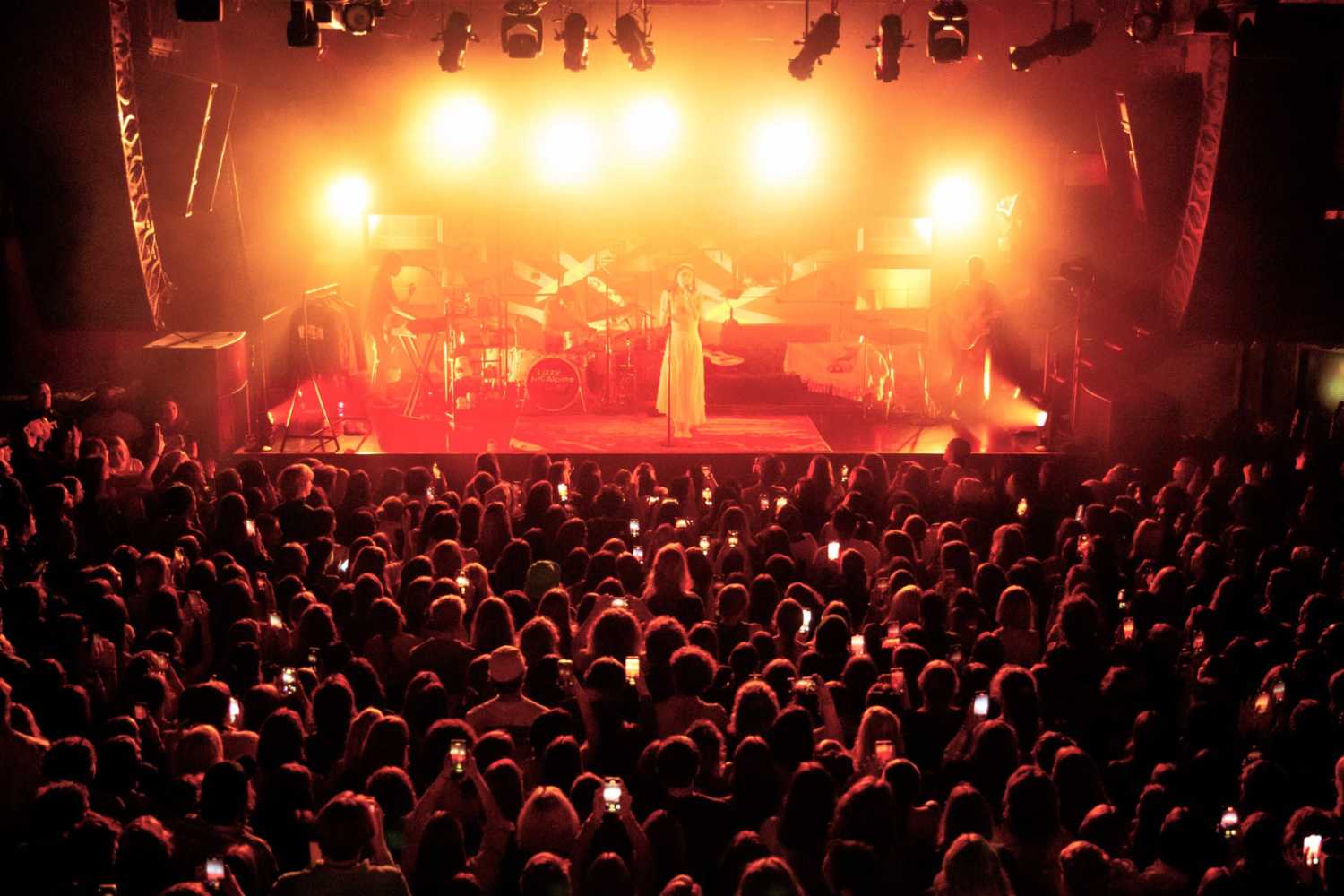Mavericks join intimate Lizzy McAlpine tour
- Details

Borderud intensified the effect of this living room set by accentuating its various elements with light and shadows. “My role was to fulfil Lizzy’s vision and transform the stage,” she explained. “Darkness and shadow play are incorporated in this design for bringing the room to life as another character in Lizzy’s show. Shadows and light move and reflect on the walls from inside and outside the windows to move us through the set in a narrative form with the moods of the songs.”
Helping Borderud and the tour’s lighting programmer Amy Melia create different moods on the 16-city tour were six Chauvet Professional Maverick Force S Spot fixtures supplied by Squeek Lights.
In addition to producing a variety of captivating colours, the 350-watt fixture, played a critical role in adding depth and texture to the set with its gobos. “This fixture has an amazing selection of gobos,” said Borderud. “My idea initially had to do with pointing the lights in new directions and cultivating a new dimension on the rooms walls to reflect the feelings of Lizzy and her songs.
“The Force S spots manifested the song imagery coming to life, it was beautiful how it all worked out! Layered gobos, resembling glass shards in Lizzy’s song Broken Glass and intense red stripe patterns for Firearm were two of my personal favourite song looks where we used this technique.”
The physical dimensions of the Maverick Force S Spot also contributed to the success of the design. Being relatively compact, the fixtures fit nicely behind the set pieces, but in front of the room’s wall. As a result, its beams could be used to create streams of light from behind the couch and through the clothing rack and shelves. From this position, the fixture was also relied on to backlight band members.
“For me, the Force S spots were essential for imitating feelings and moods for beautiful moments without drawing attention to the shape of the fixtures themselves,” said Borderud. “I first imagined using the lights as a representation of moonlight and sunlight streaming through the room. They also embody a car headlight glow at certain points, mirroring what is seen on Lizzy’s album cover artwork.”
Melia, who programmed and timecoded the show, arranged the spot fixtures around the backline each night. “They were the most asked about fixtures in our rig,” she said. “Every show, I would get house LDs saying ‘Hey, what do you think of those? Or ‘Man those really kick.’
Given the nature of the living room set, special care had to be taken setting it up each show. “The posters that adorned the panels that made up the bedroom walls would go up and down every night,” said Melia. “This wasn’t a huge problem, but on certain stages that were more susceptible to vibrations, they would always put out a big test to the eye hooks and Velcro that held everything up.”












